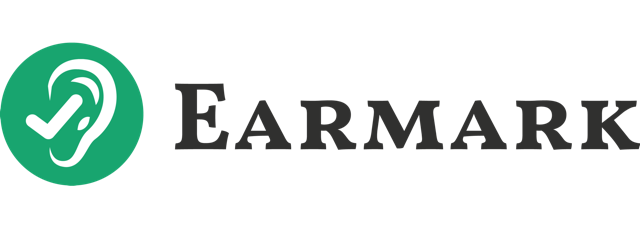Are outdated billing practices holding your accounting firm back?
While many firms see proposal and payment systems as necessary yet purely administrative, forward-thinking practitioners are discovering their immense potential to reshape client relationships—and boost profitability.
In a recent Earmark Expo webinar, Tom Maxwell of Ignition showed how modern engagement systems do more than simply streamline operations. They fundamentally change how clients perceive and value accounting services. Forward-thinking CPAs are eliminating accounts receivable, implementing annual price increases, and shifting from after-the-fact billing to genuine value-based partnerships.
The results are striking: Firms report implementing 10% annual price increases with no negative impact on client acceptance rates. More importantly, they’re building stronger relationships rooted in transparency, clarity, and mutual respect.
Below, we explore how these systems turn traditional billing bottlenecks into opportunities for transformation.
The Billing Bottleneck: More Than Just a Payment Problem
For many accounting firms, getting paid feels like an administrative hassle. However, according to Tom Maxwell, this challenge runs deeper—right to the heart of client relationships and firm profitability.
After talking to thousands of firms, Tom identified three main reasons clients struggle to see the true value of accounting services:
- Mandatory compliance work: Clients often see compliance as a “must-do” rather than a “value-add.”
- Expertise gap: Clients rarely grasp the depth of expertise required for high-quality work.
- Value disconnect: When billing happens long after services begin, clients lose sight of the direct benefit.
The result is a vicious cycle of payment delays and weaker client relationships. But forward-thinking firms find that modern engagement systems address both the practical and psychological barriers head-on—starting with the first client interaction.
Transforming Client Engagement from Day One
Modern engagement systems reshape the client experience right from the start, setting clear expectations and articulating value. Gone are outdated PDF proposals, manual credit card processing, and clunky engagement letters—all of which can subtly lower the perceived value of your services.
Instead, clients receive a digital, professional proposal that:
- Clearly lays out services and value
- Offers up to three package options with different billing frequencies
- Guarantees payment authorization before work begins
“My favorite feature,” Tom says, “is that clients must enter payment information before accepting the proposal. That ensures you get paid for your services before you even get started.”
This process is also more secure—no more mishandling of credit card details. Once clients accept a proposal, they receive a signed engagement letter, and their payment information is securely stored for future billing. This streamlined approach does more than save time; it also signals professionalism and shifts the conversation from awkward payment requests to demonstrating tangible client value.
From Reactive to Proactive: Managing Dynamic Client Relationships
With a rock-solid foundation in place, modern systems empower firms to become more proactive. They not only enable systematic price increases but also enhance client relationships.
“We found that Ignition customers were increasing prices by about 10% on average in the past year,” Tom explains. “And when we added the feature enabling a standard price increase, there was no change to proposal acceptance rates.”
These tools also end stressful negotiations around scope creep or service changes. Firms can quickly update both service levels and pricing, and automated billing continues seamlessly. Every adjustment is tracked for full transparency, reducing tensions and letting both parties focus on a healthy working relationship.
Integrated workflows further enhance automation. For instance, if you integrate payroll data, your fees can automatically scale based on fluctuating employee counts—so you’re always fairly compensated as client needs evolve. By treating billing adjustments and scope changes as a routine, expected part of the engagement, firms solidify their value without appearing adversarial or inflexible.
Embracing Modern Engagement Systems: The Path to Business Transformation
This evolution—from billing bottleneck to strategic asset—goes beyond operational efficiency. It marks a foundational shift in how firms approach client relationships.
By tackling the practical and psychological pain points of billing, modern engagement systems let you focus on what truly matters: delivering measurable value. The evidence is clear:
- Accounts receivable evaporates
- Annual fee increases of 10% become standard—with minimal client pushback
- Client relationships strengthen through transparency and respect
Watch the full Earmark Expo to see these tools in action. You’ll see how industry leaders implement automated billing, consistent price updates, and stronger client relationships—freeing them to concentrate on higher-value, growth-oriented services.
The future favors firms that view proposal and payment systems as strategic levers for better, more profitable client relationships. The question isn’t if you should upgrade your engagement systems—it’s how soon you can begin.
